Longan is a tropical fruit native to Southeast Asia, particularly prevalent in countries such as Vietnam, Thailand, and China. This small, round fruit is related to the lychee and is known for its juicy, white flesh and distinctive yellow-brown skin. The longan, often referred to as the "dragon's eye" due to its appearance, has been consumed and appreciated for centuries in Asia. Apart from its unique taste, this exotic fruit is packed with health benefits, including its high antioxidant and vitamin C levels.
To enjoy longan, the fruit should be first peeled to expose the tender flesh, which can then be eaten raw or used in various culinary applications. Before consuming, be sure to remove the dark, inedible seed at the center of the fruit. Longan can be incorporated into a range of dishes, such as sorbets, jellies, salads, smoothies, desserts, and puddings. For a delightful, refreshing treat on a hot day, consider freezing the whole fruit, shell and all, to add a cool element to your longan consumption experience.
Jump to Section
What Is Longan
Longan, also known as dragon eye fruit, is a tropical fruit native to Asia, specifically to countries like China, Southeast Asia, and India. The scientific name for this delectable fruit is Dimocarpus longan, and it belongs to the soapberry (Sapindaceae) family. This family comprises other well-known fruits such as lychee, rambutan, and guarana.
The longan tree is a subtropical evergreen that thrives in tropical and subtropical climates worldwide, particularly in Asian countries. It typically bears fruit in clusters, with each cluster containing several longans. The fruit itself is round to oval in shape, about 22-36 mm in diameter, with a thin, brown, and leathery skin. When the skin is removed, a translucent white flesh is revealed, which is similar in texture to lychee. At the center of the fruit is a shiny black seed, which resembles a dragon's eye, giving the fruit its popular nickname.
The longan fruit has a unique taste profile and is often described as being sweet and juicy with a hint of muskiness. Despite its rich flavor, it is low in calories and boasts a range of nutritional benefits, such as vitamins, minerals, and antioxidants. Longan is widely available in Asian markets, making it an accessible and delicious addition to many dishes.
How to Eat Longan
In order to enjoy the longan fruit, it is best to consume it fresh and raw. Simply peel off the outer skin and remove the black seed within. Longan can also be used in various recipes, such as fruit salads, smoothies, and desserts, or even combined with savory dishes to add an exotic twist. When selecting longan, look for fruits that have a firm yet slightly tender skin, as well as a pleasant fragrance, both indicators of a ripe and flavorful fruit.
Closely Related Fruits
Longan fruit is a tropical and subtropical fruit that belongs to the soapberry (Sapindaceae) family. Within this family, there are several fruits that are closely related to longan, fruits like lychee, rambutan, and guarana. These fruits share similarities in their appearance, texture, and taste, making them popular choices in various regions around the world.
Lychee is another tropical fruit native to China and Southeast Asia, and is quite similar to longan in taste and appearance. The outer shell of the lychee fruit is red and slightly spikey, while the flesh inside is translucent and juicy, with a single large seed. The taste of lychee is sweet, fragrant, and slightly tart, making it a popular choice for a refreshing snack or ingredient in various recipes.
Rambutan is yet another tropical fruit belonging to the same family, and it is native to Southeast Asia. Rambutan fruit has a unique appearance, with a bright red or yellow skin covered in hair-like spikes. The inner flesh is white and translucent, encasing a single large seed, similar to longan and lychee. Rambutan has a sweet and mildly tangy taste, earning its place as a beloved addition to fruit salads and desserts. Read more about Rambutan and how to eat it here.
These related fruits all share a translucent, juicy flesh with a single large seed at the center, and their flavors generally range from sweet to slightly tart. While longan, lychee, and rambutan may appear unique and exotic, they are all part of the broad and diverse soapberry plant family, which includes numerous other interesting fruits and plants. Consuming these fruits can provide various health benefits due to their rich nutritional content, making them a delicious and healthy choice for people around the world.
What does it taste like?
Longan fruit is a sweet and juicy tropical fruit native to Southeast Asia. Its unique taste is what sets it apart from other fruits. When it comes to describing the taste of longan, there are multiple tantalizing components that should be mentioned.
First and foremost, longan fruit is characterized by its sweetness, often compared to that of grapes or lychee fruit. As you bite into the tender, flesh of the fruit, you'll be greeted with a delightful burst of sweetness that lingers on your taste buds. This sweet taste is accompanied by an underlying musk, which adds a depth and dimension to the overall flavor profile.
Besides its sweetness, the longan fruit also has a juicy consistency. This makes it a refreshing choice for a snack, especially on a hot summer day. The fruit's texture is often described as being similar to that of grapes, with a thin and slightly leathery outer skin that must be removed before consuming the succulent and translucent flesh.
However, not all longan fruits are exclusively sweet. Some may have a slightly tart taste, balancing out the sweetness of the fruit. This tartness gives the longan a more well-rounded flavor, offering a distinctive and enjoyable taste experience for those who try it.
The taste of longan fruit can be described as a harmonious blend of sweet, musk, and tart flavors, housed within a juicy, grape-like texture. This unique flavor profile makes it an enjoyable tropical treat that is both refreshing and satisfying.
How to Select and Store
When choosing fresh longan fruit, look for ones with a smooth and firm yellow-brown skin. The skin should be free from blemishes, dark spots, or signs of mold. The fruit should feel somewhat heavy for its size, indicating that it is full of juicy goodness.
To store fresh longan, it is best to place the fruit in a breathable bag, such as a paper or mesh bag. Store the bag in the refrigerator, where the longan can last for about a week. It is essential to keep the longan fruit away from moisture, as this will lead to spoilage.
If you have an abundance of longan and want to preserve it for a longer period, consider freezing the fruit. To do this, first remove the skin and the seeds. Then, place the longan fruit on a tray lined with parchment paper and freeze them until they are solid. Once the fruit is fully frozen, transfer them to an airtight container or a ziplock bag, and store it in the freezer. Frozen longan can last for several months, retaining its quality and flavor.
When you are ready to enjoy the longan fruit, you can simply take them out of the refrigerator or freezer, let them thaw if necessary, and savor the juicy and delicious taste.
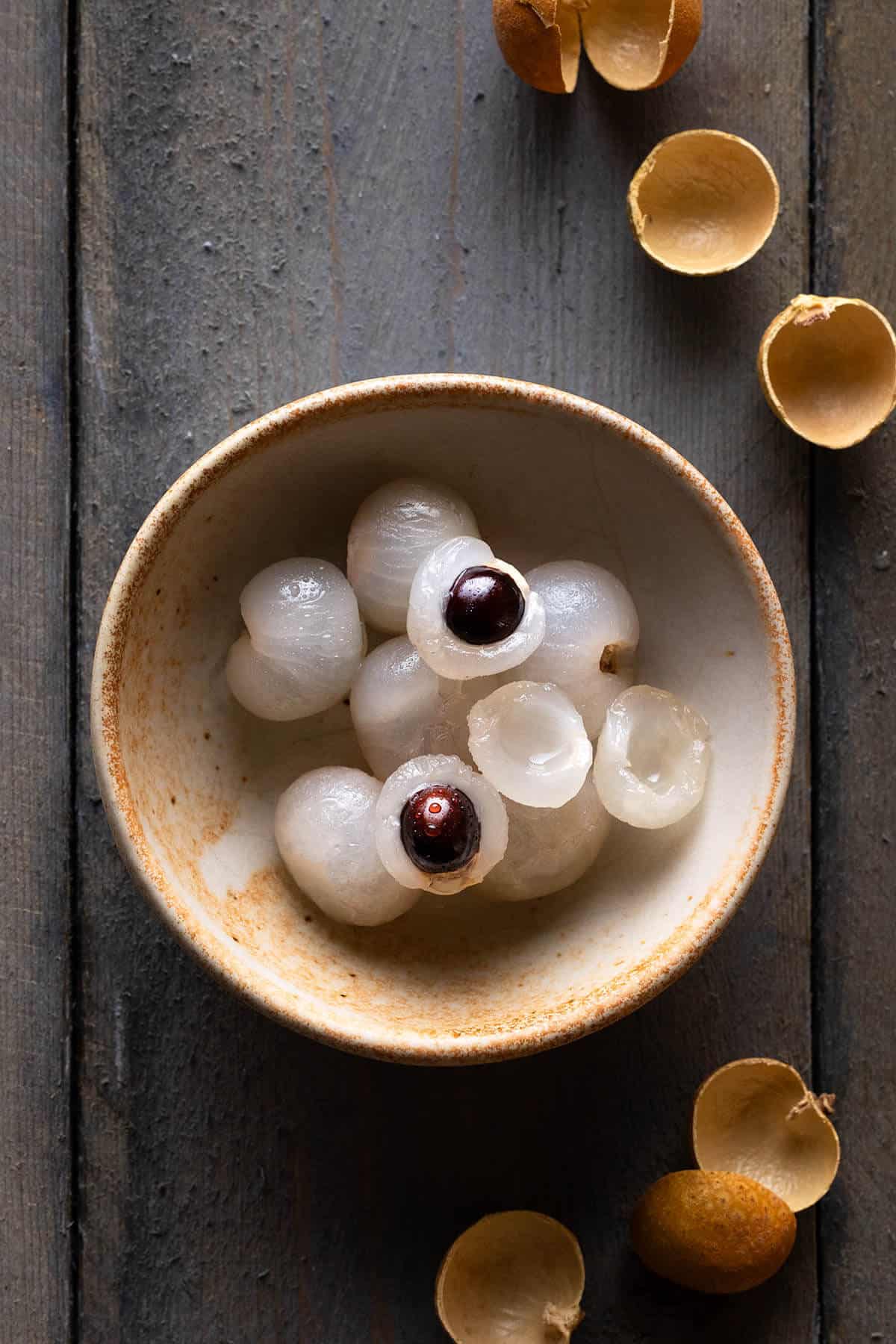
Culinary Uses of Longan – How to Eat Longan Fruit
Longan, a juicy fruit native to Southeast Asia, has gained popularity in various culinary applications. With its sweet and aromatic taste, it complements a wide range of dishes and preparation methods. One common way to enjoy this fruit is by incorporating it into salads and fruit salads, where its flavors can blend with other ingredients harmoniously.
In liquid form, longan can be used as an addition to smoothies or mixed into cocktails for a tropical twist. The fruit's natural sweetness allows it to be incorporated into jams and jellies without the need for excessive added sugar. Longan's versatile flavor profile makes it suitable for desserts like ice cream and sorbet, adding a touch of exoticism to these sweet treats.
Longan is also prominent in Asian cuisine, notably in Cantonese dishes, where it can be found in soups and meat recipes. The fruit's unique taste contributes to the depth of flavor in these dishes and is highly regarded by chefs and home cooks alike.
For a soothing experience, longan can be steeped as tea. Such tea not only offers a delicate, fruity flavor but also has a calming effect, thanks to the soothing properties of the fruit. The inclusion of dried longan in tea blends has been a popular practice for centuries and remains a staple in various Asian cultures.
Dried Longan
Dried longan fruit is a popular snack and ingredient in various dishes and beverages, particularly in Southeast Asia and China. When dried, longan fruit can be compared to dates due to their similar texture, sweetness, and usage in recipes.
To rehydrate dried longan, simply soak the fruit in warm water for a few minutes until it becomes tender. Rehydrated dried longan can be enjoyed on its own as a tasty treat or used in numerous culinary applications. For example, it can be added to desserts, rice dishes, or salads for a unique flavor profile.
In traditional Chinese medicine, dried longan fruit is often used as a restorative ingredient, promoting relaxation and rejuvenation. One common way to consume dried longan in this context is to use it as a flavoring in tea. Simply add a few pieces of rehydrated longan to a cup of hot water and let it steep for several minutes to release its distinctive and pleasant taste.
Apart from being a versatile ingredient, dried longan fruit is packed with nutritional goodness. It contains essential vitamins, minerals, and antioxidants that contribute to overall health. Consumed in moderation, dried longan can be a nutritious and enjoyable addition to a balanced diet.
Canned Longan
Longan, a tropical fruit native to Southeast Asia, is known for its unique taste and variety of health benefits. It might not be readily available as fresh fruit in some regions, but canned longan can be easily found in supermarket shelves or online stores. This convenient packaging allows longan enthusiasts to enjoy the fruit all-year-round.
Canned longan maintains much of the fruit's original taste, containing a blend of sweetness and tartness wrapped in its translucent, juicy flesh. Moreover, the canning process preserves the fruit's nutrients, making it an excellent choice for a quick and nutritious snack. Not to mention, it eliminates the need to peel the fruit, making it simpler and more convenient to consume.
To enjoy canned longan, remove the fruit from the can and ensure that any residual syrup or liquid is drained. This fruit can be consumed on its own, or incorporated into various recipes like fruit salads, smoothies, or desserts. With canned longan in your pantry, you'll have a versatile ingredient to enhance your dishes while reaping the health benefits this tropical fruit has to offer.
Health Benefits
Longan is a tropical fruit that offers numerous health benefits when consumed as part of a balanced diet. Rich in vitamin C, this exotic fruit not only boosts the immune system but also acts as a powerful antioxidant. The presence of antioxidants helps protect the body from free radicals and oxidative stress, which may contribute to the aging process and the development of certain diseases.
This fruit is also a good source of minerals such as iron and potassium. Iron is essential for maintaining healthy red blood cells and preventing anemia, while potassium helps regulate blood pressure and support heart health. Additionally, longan contains several essential vitamins that contribute to overall well-being.
Recipe Ideas
Longan Banana Smoothie - blend 5 peeled and deseeded longan with 1 banana and 1 cup coconut milk
Fresh Longan Juice - juice longan berries in a juicer or by puree in a blender then strain through a strainer or nut milk bag
Longan Syrup - Combine 1 cup sugar and 1 cup water in a saucepan and bring to a boil. Turn off heat and add 10 peeled, deseeded, and sliced longans. Let sit for 1 hour. Strain through a fine mesh strainer.
Nutrients
Longan is a nutrient-rich fruit with several health benefits mainly due to its vitamin and mineral content.
One of the most abundant nutrients in longan is vitamin C. This essential vitamin is known for its immune-boosting properties and acts as an antioxidant, helping the body fight off harmful free radicals. Longan is also a good source of B vitamins, including folic acid, which is essential for cell growth and metabolism.
In terms of minerals, longan contains significant amounts of potassium, which is crucial for maintaining healthy nerve and muscle function. The fruit is also a source of magnesium, phosphorus, and manganese, which contribute to bone health, energy production, and proper cell function. While longan contains lower levels of calcium and iron compared to its other nutrients, they still contribute to the fruit's overall nutritional value.
According to the USDA, a 100-gram serving of longan provides the following nutrients:
- Calories: 60 kcal
- Carbohydrates: 15 g
- Protein: 1 g
- Fat: 0 g
- Fiber: 1 g
- Vitamin C: 84% of the Daily Value (DV)
- Potassium: 8% of the DV
- Magnesium: 4% of the DV
- Phosphorus: 2% of the DV
- Iron: 4% of the DV
- Calcium: 1% of the DV
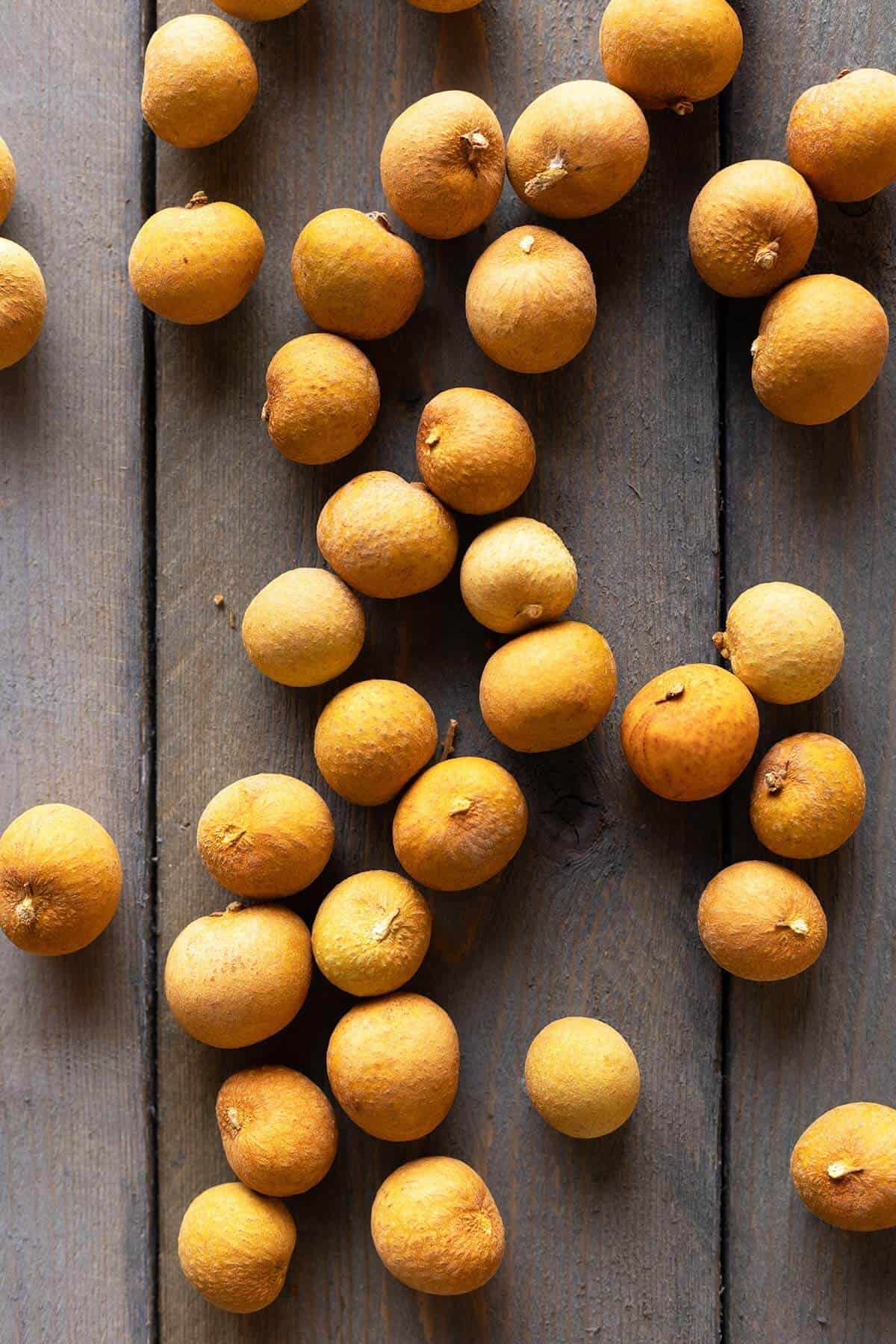
Traditional Chinese Medicine Uses
Longan, a tropical fruit native to Southeast Asia, has been used in Traditional Chinese Medicine (TCM) for centuries. Its properties and applications in TCM are recognized due to the fruit's various health benefits.
One of the primary uses of longan in TCM is as a natural remedy for inflammation. The fruit contains anti-inflammatory properties, which can help alleviate inflammation and infection. Longan's high content of polyphenols and antioxidants also helps combat oxidative stress, a process responsible for damaging cells and causing chronic inflammation.
In TCM, longan is typically utilized for its calming and sleep-inducing effects. The fruit is often prescribed to individuals experiencing insomnia or restlessness, as it is believed to possess natural sedative properties. Additionally, longan is said to improve digestion and reduce gastrointestinal issues, making it a valuable component of TCM treatments.
Given its versatility, longan has a rich history as an essential ingredient in various TCM formulations for a diverse range of health issues. Overall, the longan fruit's many therapeutic properties make it a valuable component in Traditional Chinese Medicine, offering natural relief for an array of conditions, from inflammation to sleep disorders.
Frequently Asked Questions
Where can I buy Longan fruit?
Look for longan in the produce section of your grocery store or supermarket. They’re also available in specialty produce stores, and you can often find them in Chinatown produce stalls.
How can I prepare and eat longan?
To prepare longan fruit for consumption, first peel the thin, leathery outer shell by using your fingers or a knife. Then remove the seed, which is located in the center of the fruit. Longan can be eaten fresh, added to fruit salads, smoothies, desserts, or even frozen for a refreshing treat.
Are there any side effects of eating longan?
While longan is generally safe for consumption, excessive intake can lead to indigestion or diarrhea. It is always best to enjoy this fruit in moderation to avoid any potential gastrointestinal discomfort.
What are the nutritional benefits of longan fruit?
Longan is a nutrient-rich fruit, packed with vitamins and minerals. It is particularly high in antioxidants and vitamin C, which helps support a healthy immune system. Additionally, it contains vitamin B2, potassium, magnesium, and other essential nutrients that contribute to overall health and wellness.
Longan vs Lychee - What is the difference between longan and lychee?
Longan and lychee are both exotic fruits native to Southeast Asia and belong to the same family, Sapindaceae. However, they have distinct differences in taste and appearance. Longan has a smoother, brownish exterior and a translucent flesh, while lychee has a textured red shell and a similar translucent interior. In terms of flavor, longan is typically less sweet than lychee, with a subtle floral taste.
How does the taste of longan compare to other fruits?
Longan possesses a unique flavor profile that is both sweet and slightly floral. The fruit's taste has been compared to a combination of pear and fresh lychees, but with a more delicate, subtle flavor. Its juicy, translucent flesh is enjoyed by many for its refreshing taste.
Where is longan grown?
Mayanmar (Burma), southern China, southwest India, Sri Lanka, Indochinese peninsula Distribution: China, Taiwan, Thailand, Mayanmar, Cambodia, Vietnam, Laos, India, Australia, Kenya, Central and South America countries, and South Africa. In the United States longan is grown in Hawaii, California, and southern Florida.
Can I grow a longan tree at home?
Growing a longan tree at home is possible, but the plant requires specific conditions to thrive. Longan trees are best suited for tropical and subtropical climates, with plenty of sunlight and well-draining soil. If you live in an area with a suitable climate, it is possible to grow a longan tree in your yard. Keep in mind that these trees can grow quite large, so ample space is necessary for optimal growth.




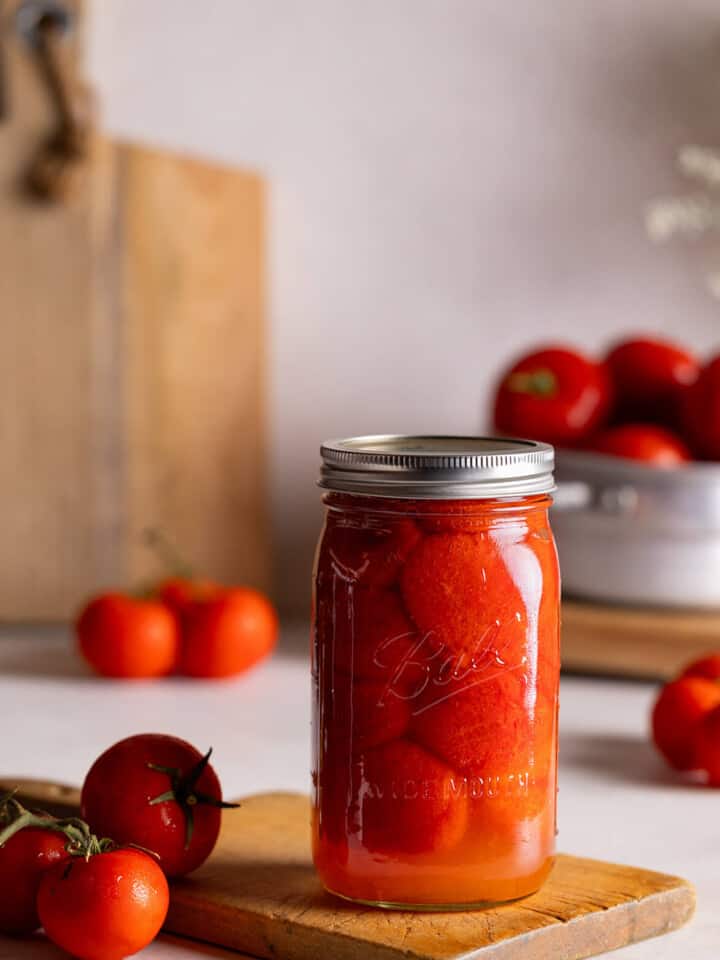
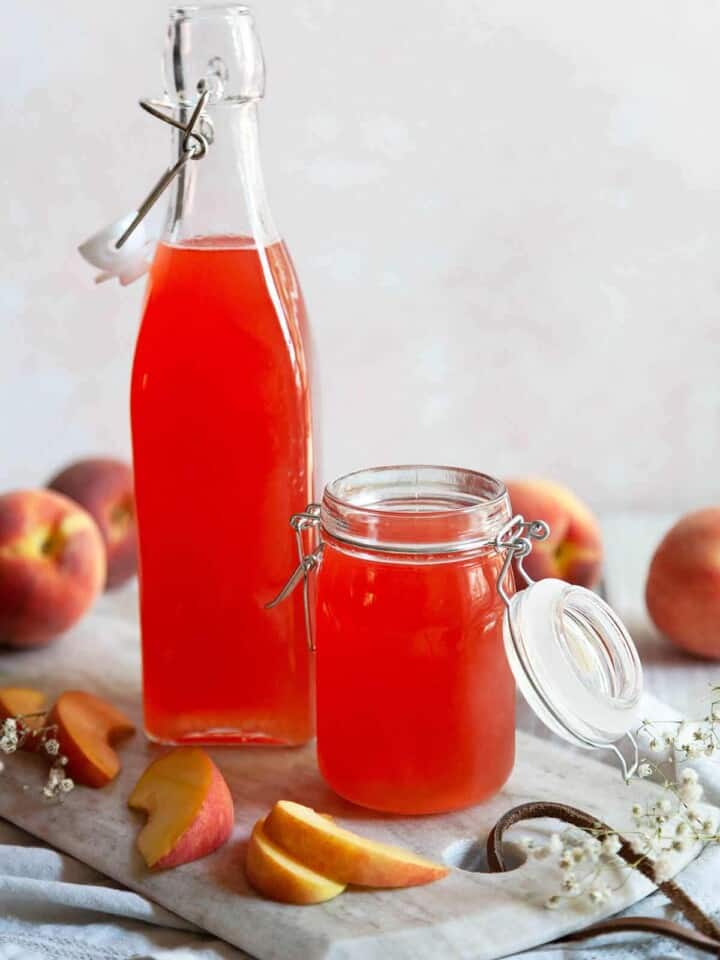
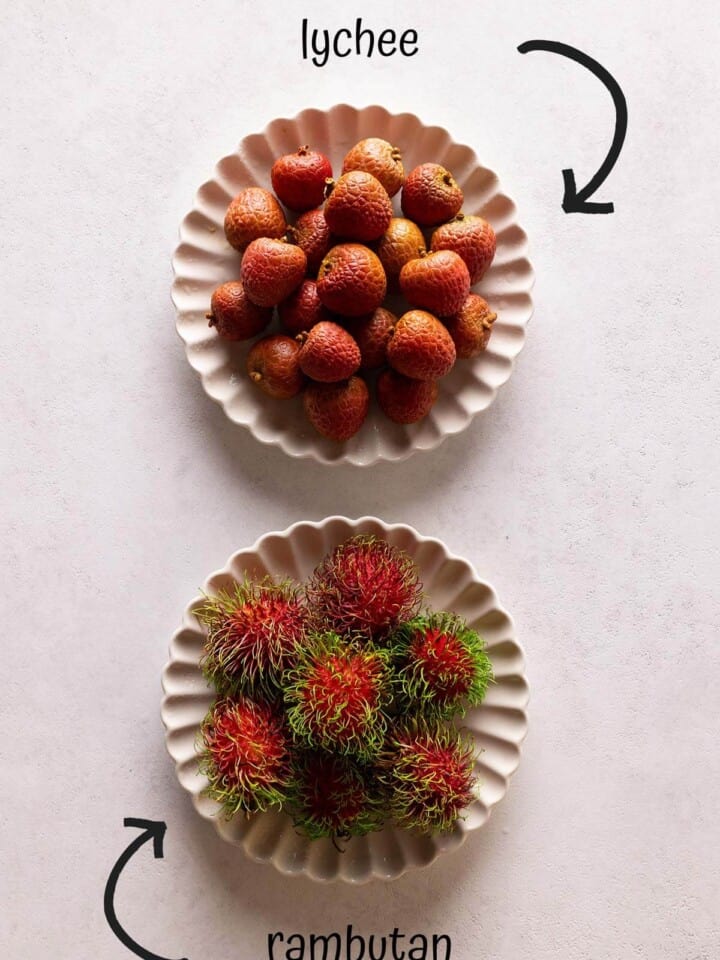
Leave a Reply